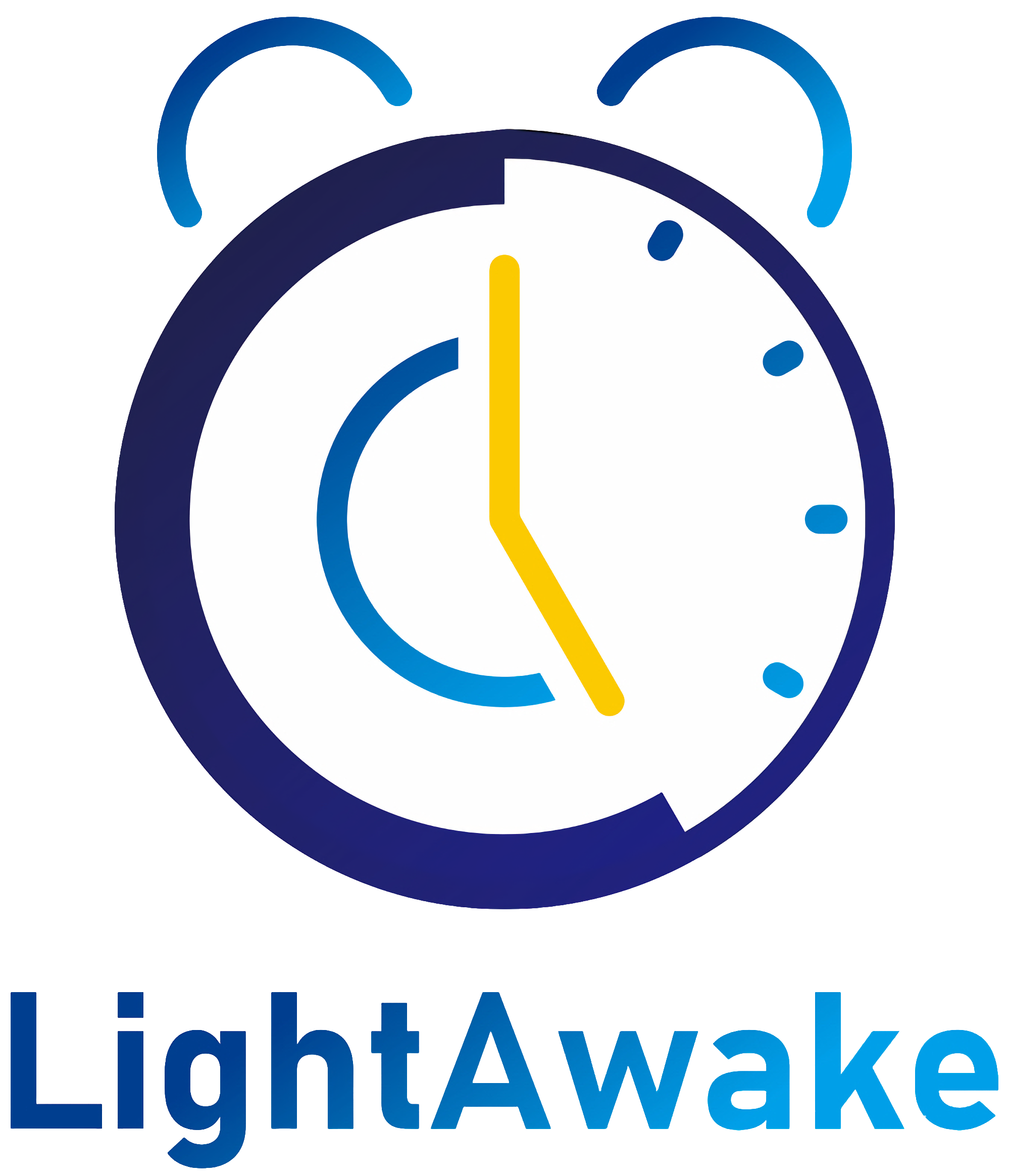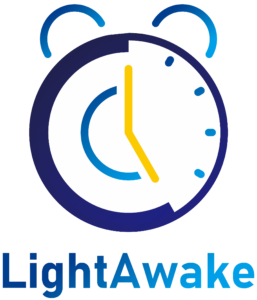The time of year is approaching when we set our clocks back one hour. This year we set the clocks back on November 7th at 0300 hrs. Did you know the ritual of changing the clock has an interesting and debated past rooted in wartime to conserve resources? In the 55 years since Daylight Savings Times (DST) was formalized in the U.S., there remains debate on whether we should continue observing the time change. Let’s explore the history of changing our clocks and what its effect is on our society
The practice of daylight savings started in European nations during World War I as countries sought a plan to try to preserve electric power and fuel. They began saving daylight on April 30th, 1916 by advancing hour 1 hour and until the following October (1). The US adopted a similar measure called the Calder Act or the Standard Time Act of 1918 that included time zones and was observed for 7 months. However, it was unpopular after World War I and repealed in 1919 (2). Daylight savings then became a local option.
In 1942, World War II prompted President Franklin Roosevelt to instigate year-round Daylight Savings Time. It was called “War Time” from February 9th, 1942 to Sept 30th, 1945. This was also a temporary measure. From 1945 to 1966, there was no federal law regarding daylight savings time and it once again became a local choice (2).
To address the inconsistent use of Daylight Savings Time, President Lyndon Johnson passed the Uniform Time Act of 1966. It established a system of uniform Daylight Savings Time (DST) throughout the US except in those states which voted to keep the state on standard time (2).
A number of studies have been conducted on DST’s effects on safety, energy savings, and health. In 2020, the American Academy of Sleep Medicine recommended ceasing the seasonal changing of clocks in favor of a year-round fixed time, stating that “current evidence best supports the adoption of year-round standard time, which aligns best with human circadian biology and provides distinct benefits for public health and safety (3).
The Department of Energy even found that the total electricity savings associated with the extended DST corresponded to a 0.03% decrease in electricity consumption in 2007. In terms of primary energy consumption, this represents approximately 0.02% of total U.S. energy consumption in 2007, which was deemed small (4).
Information on the benefits and costs of changing the length of DST observance is of congressional interest and legislation was proposed recently. The Sunshine Protection Act of 2019 would make DST permanent for most states and areas in the United States by advancing standard time one hour(2). While the bill did not advance, it had enough support that it might be reintroduced again in the future.
There remains controversy and debate on what to do with DST. Some feel it is outdated and not effective at the original purpose of preserving energy. However, others feel it promotes business and leisure. While DST may have changes in the future, Light Awake is ready to help you adjust to schedule variations that may affect your sleep cycles, schedules, commutes, and wake up times.
1. http://www.webexhibits.org/daylightsaving/e.html
2. https://sgp.fas.org/crs/misc/R45208.pdf
3. https://jcsm.aasm.org/doi/10.5664/jcsm.8780
4. https://www1.eere.energy.gov/ba/pba/pdfs/epact_sec_110_edst_report_to_congress_2008.pdf



 Light Awake uses pulsating light to gently rouse you from sleep. There are no sharp, piercing noises that startle you awake. Its flashing light is designed to stimulate your circadian system and comfortably move your mind from slumber to consciousness. This is the only wakeup system that is based on the physiology of our eyes and brain.
Light Awake uses pulsating light to gently rouse you from sleep. There are no sharp, piercing noises that startle you awake. Its flashing light is designed to stimulate your circadian system and comfortably move your mind from slumber to consciousness. This is the only wakeup system that is based on the physiology of our eyes and brain.